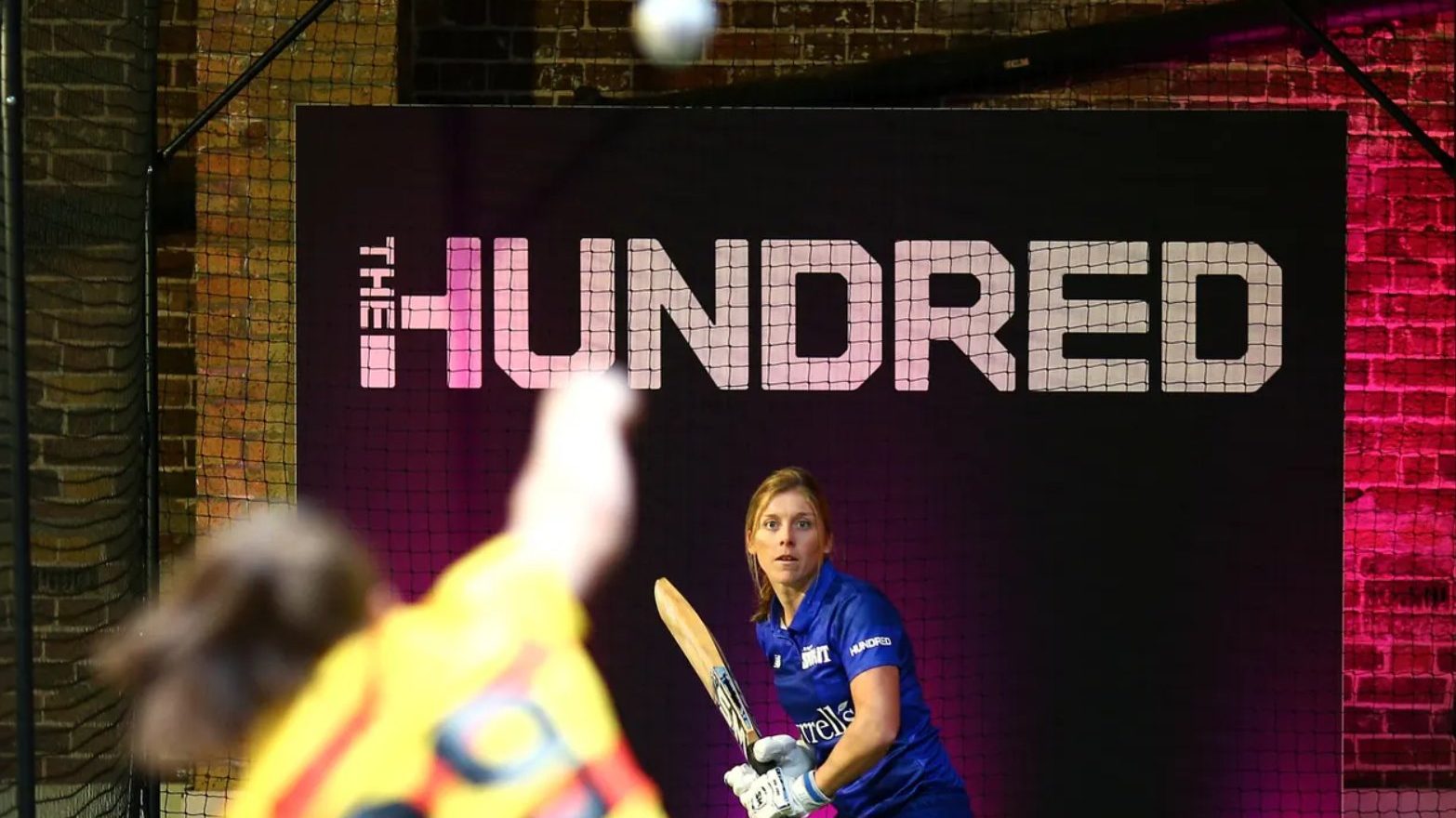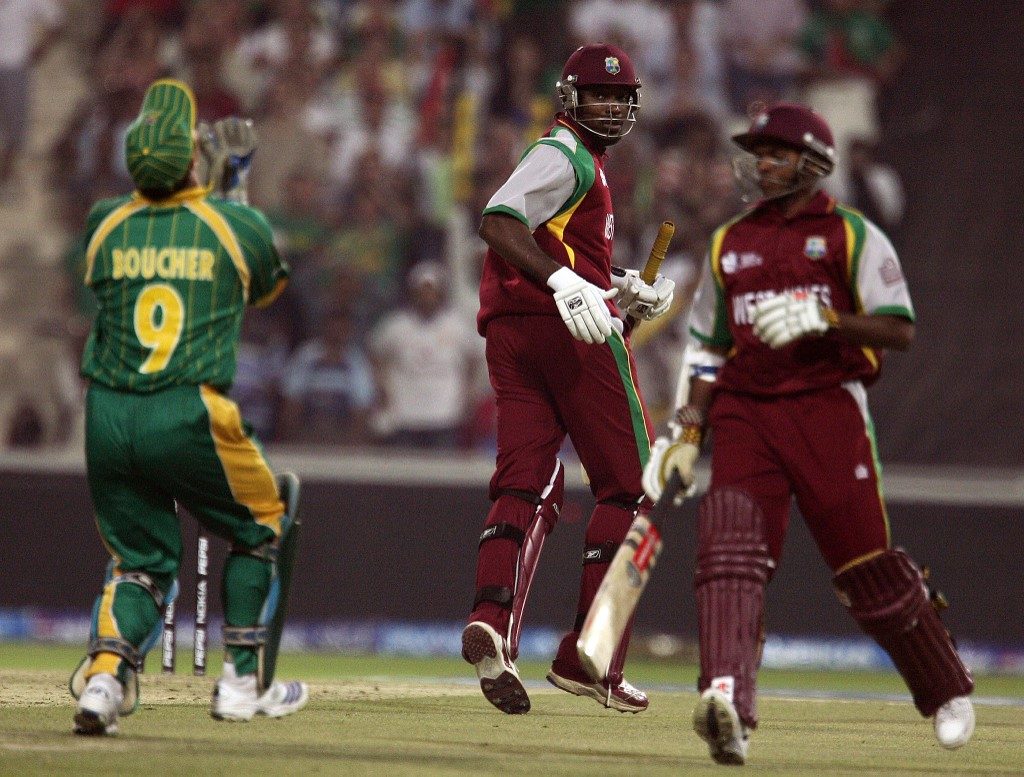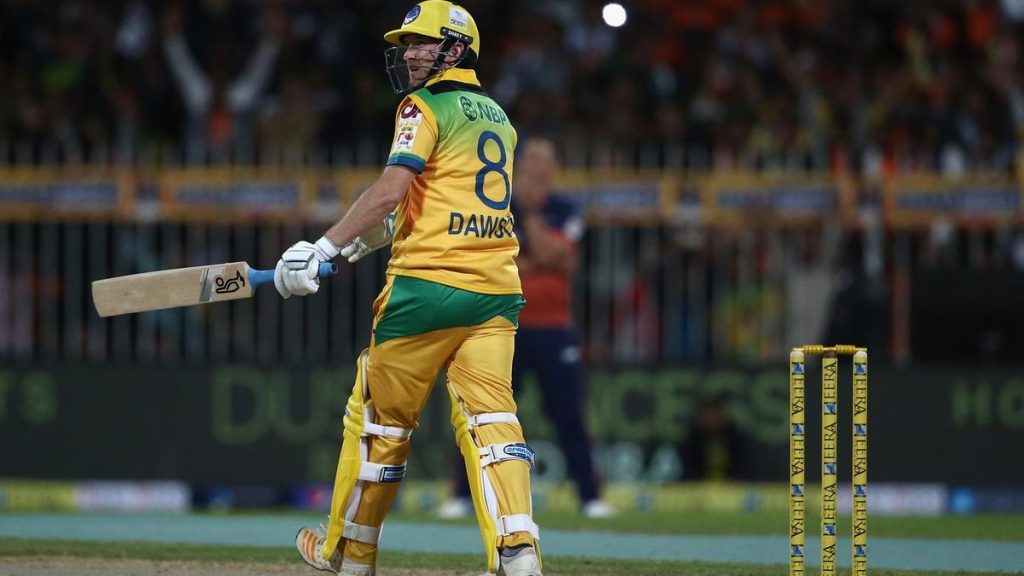The Hundred and T10: Are we tampering too much with cricket?

Cricket has come a long way since its inception in 1877. Back in that time, the game used to be much simpler and nothing was flashy about it. Test cricket was the only format and games were played without a restriction of time. With the changing dynamics of society, the concept of timeless tests was brought to an end and a 6-day duration was set for the matches.
In the years that followed, many variations in the form of 3, 4, and 5-day matches were tried and tested before finally settling to the 5-day model in 1957. Though the longest format of the game was tweaked and modified continuously during 1930 to 1957, the game of cricket witnessed a new format known as One Day Internationals in 1971 i.e. after 94 years passed after the first Test played in 1877.
The modernization of the game

There’s a clichéd saying that change is the only constant. Another new format came to the scene in the new millennia in the form of T20 cricket. The third prominent format of the game took only a little more than three decades as 20-over cricket made way in 2005. With the advent of technological advancement and scientific development, the human race has found multiple sources to keep themselves employed.
Over time another thing that has changed is the interrelation of the world. It is said that humans sustain in a global village and globalization, economic progress, and commercialization have become the norms of the world. The attention spans of people are getting shorter with each passing day and even though Test matches are the purest format of the game, the governing bodies of cricket have come up with newer and shorter formats to keep cricket commercially feasible.
The collective result and impact of these new norms on the game of cricket is the endless and dangerous shortening of the game. And resultantly the two latest forms of the game have been the English-invented the Hundred: 100-ball game, and T10 cricket: 10-over game. While the stakeholders continue trimming the length of the game to make it commercially more viable, the game seems to be losing its essence between such self-fulfilling aims.
Sports only a means to earn?

It needs no telling that cricket in the 21st century is a means of income generation and the rise of a plethora of limited-overs leagues is a testament to that. Generating income or accumulating profit through sport is not wrong, however, to modify or tinker with it to the extent of making it lose its essence or spoil its structure should certainly be avoided. There is effectively no end to the appetite and greed of earning.
It is for us to decide where we draw the line. The modern-day cricket has become a synonym of sponsorships, advertisements, and viewerships. From 5-day cricket to ODIs to T20 and now T10, where will we stop? It is in the best interest of the sport that we save it from being endlessly commercialized, suffocated, and destroyed between the voracity of few who don’t seem to understand the meaning and essence of the sport.
